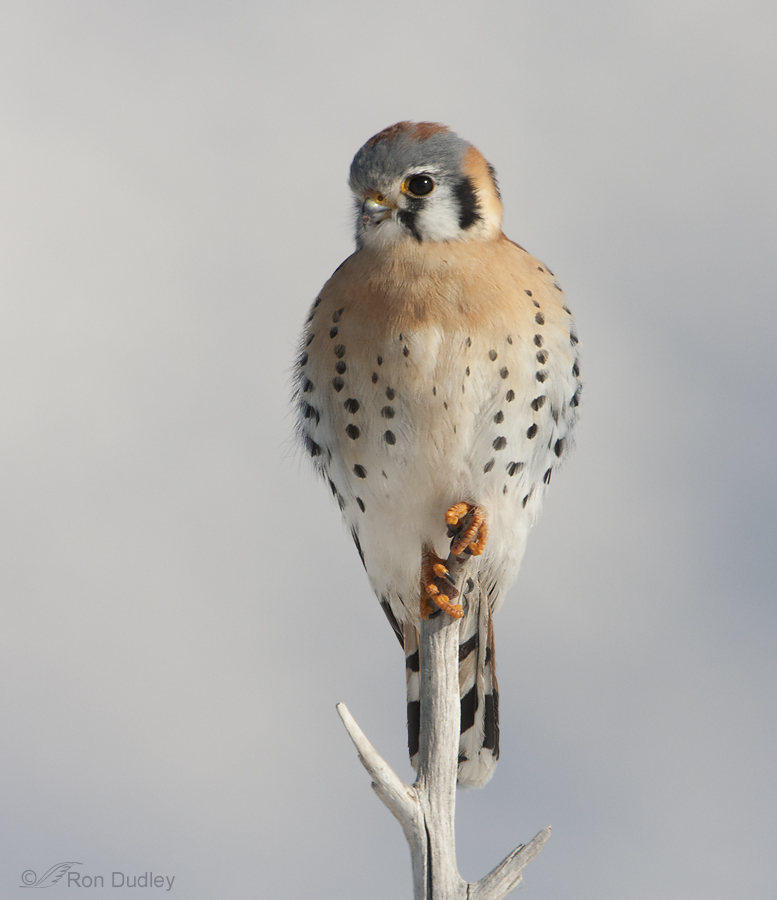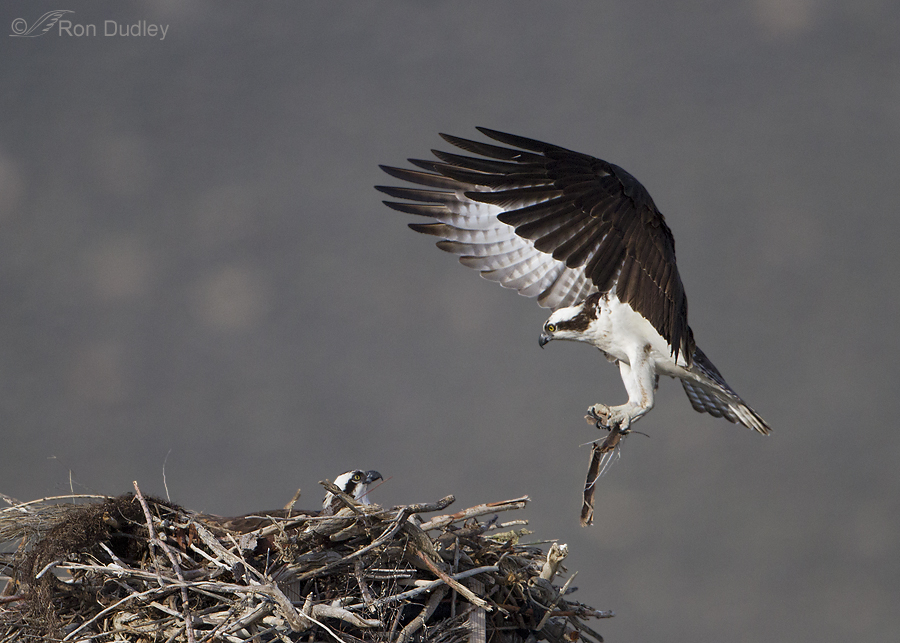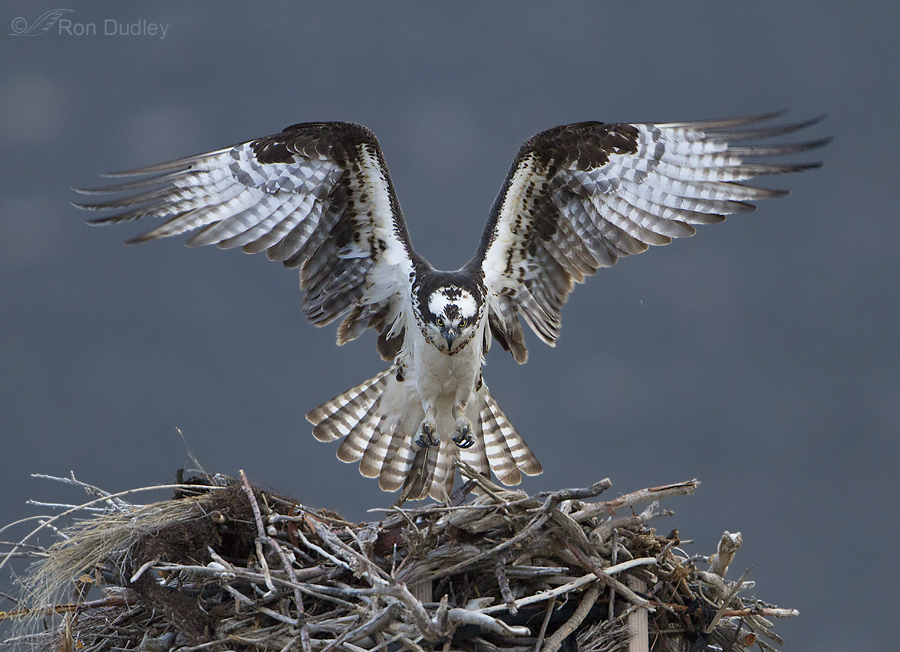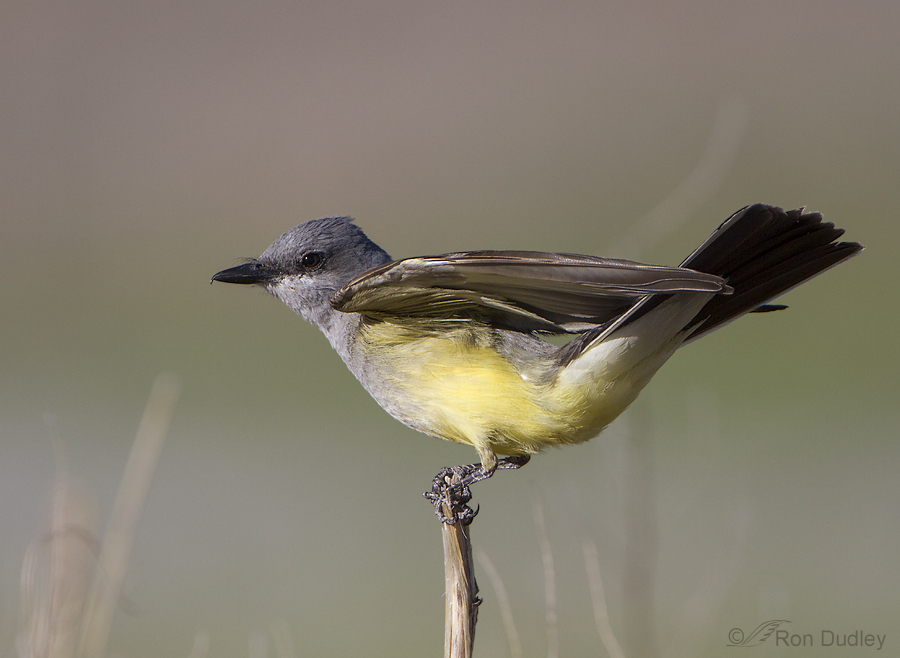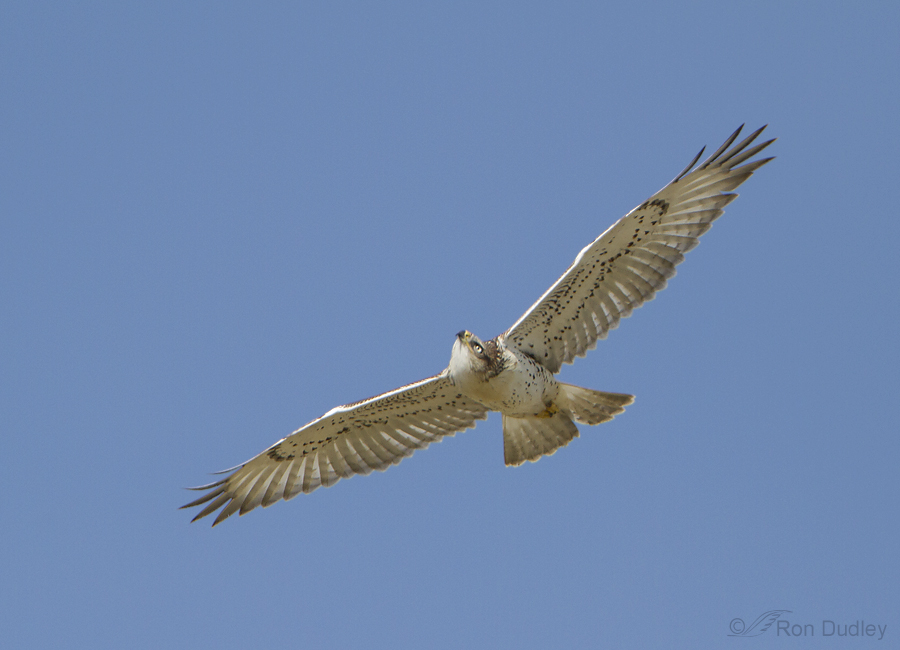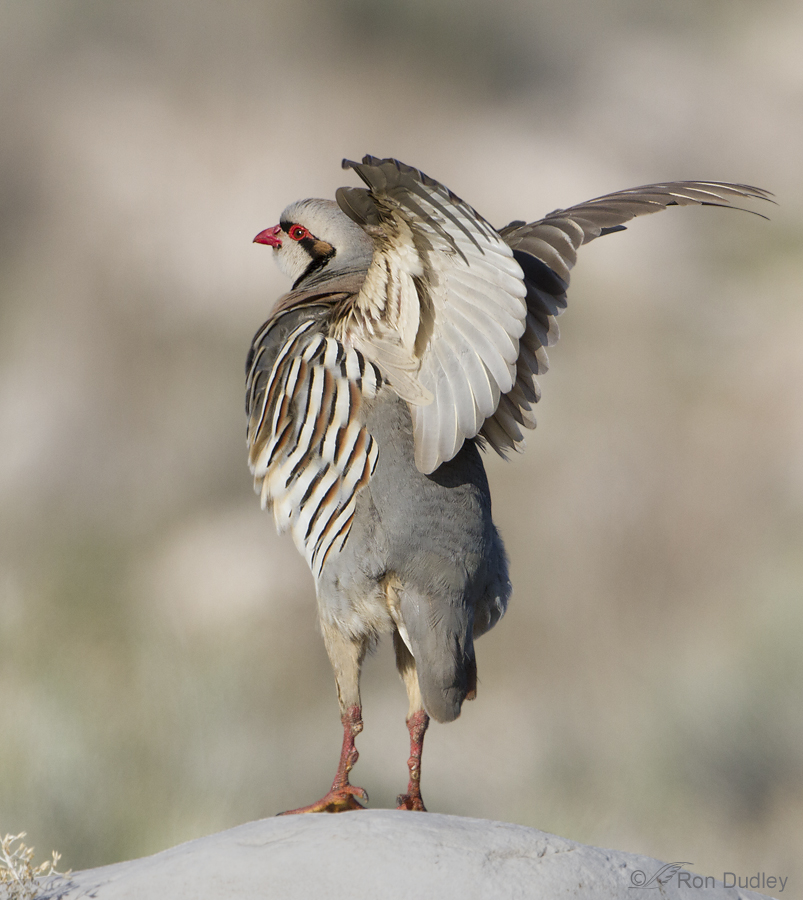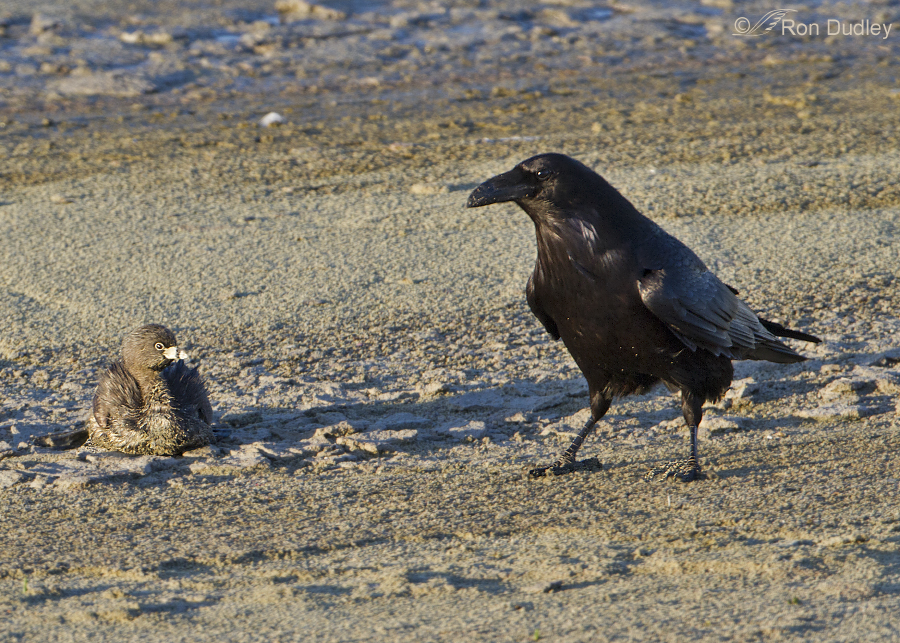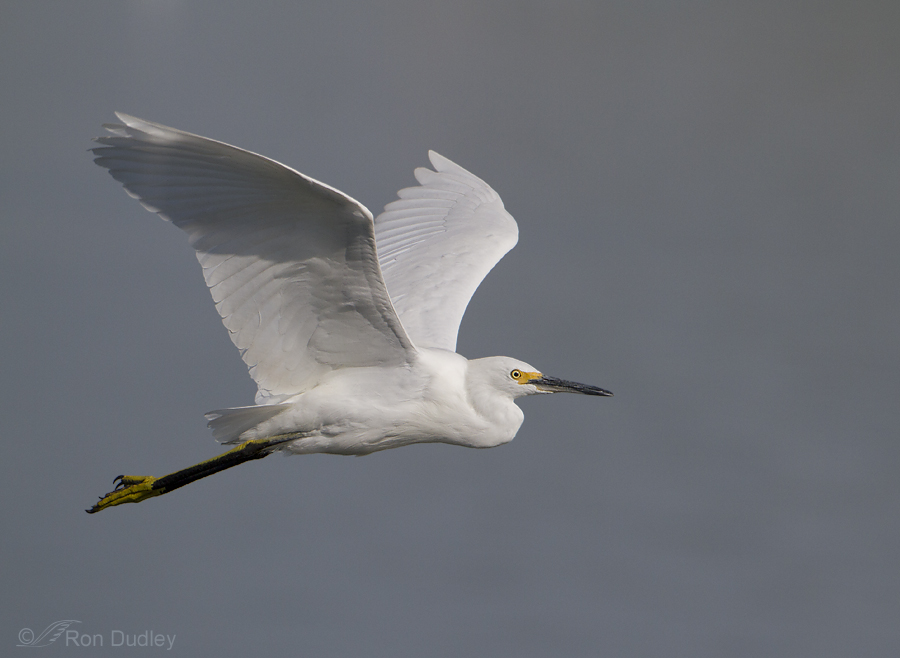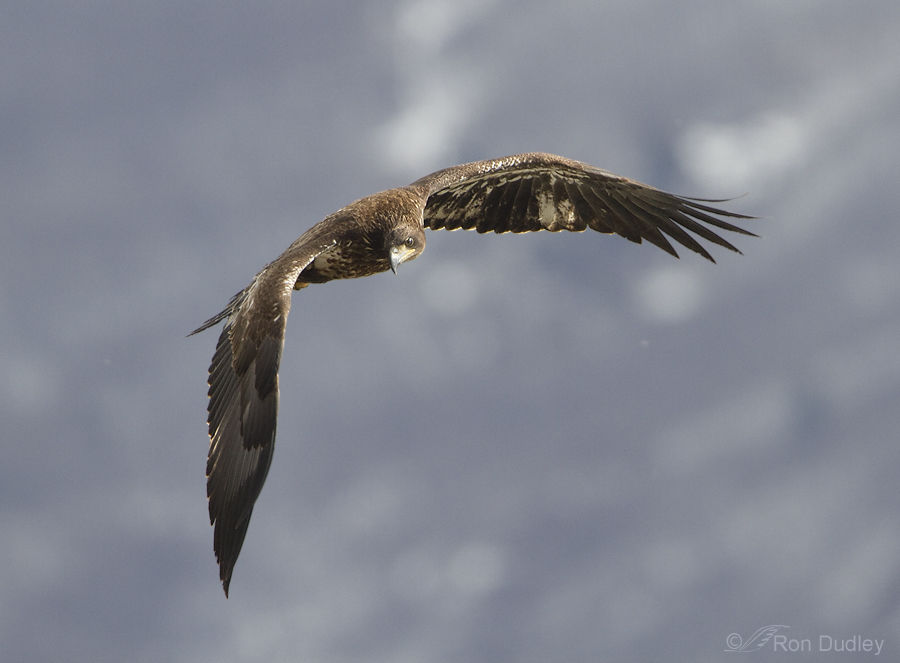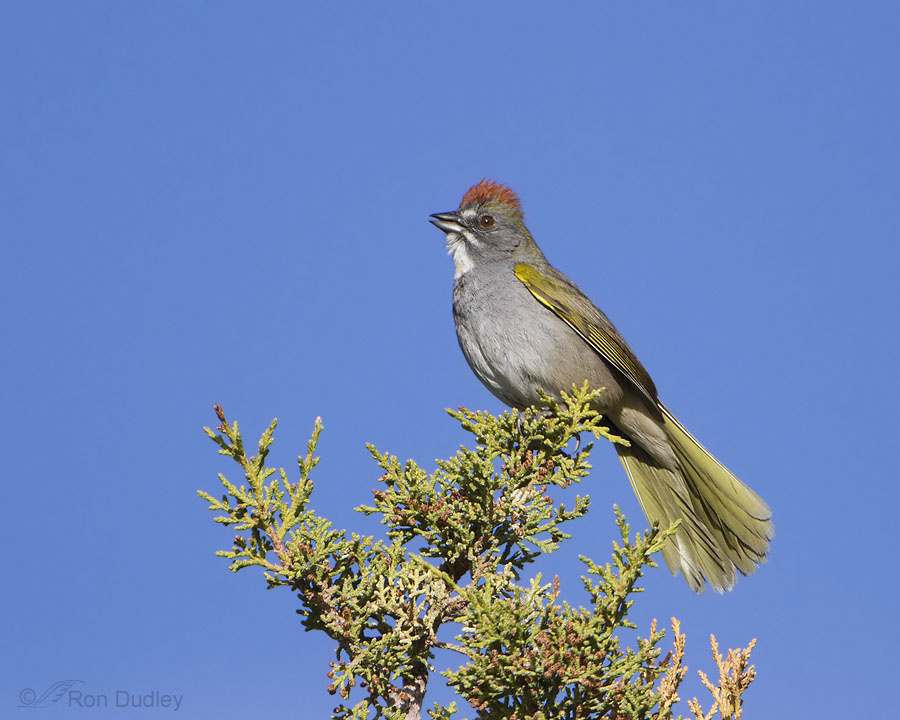Willet Take-off
Yesterday morning I found this Willet perched on one of the Tintic Quartzite boulders so common on the northern part of Antelope Island. The Willets are still active on the higher slopes of the island but it won’t be long until they’re spending most of their time along the shoreline and causeway.


